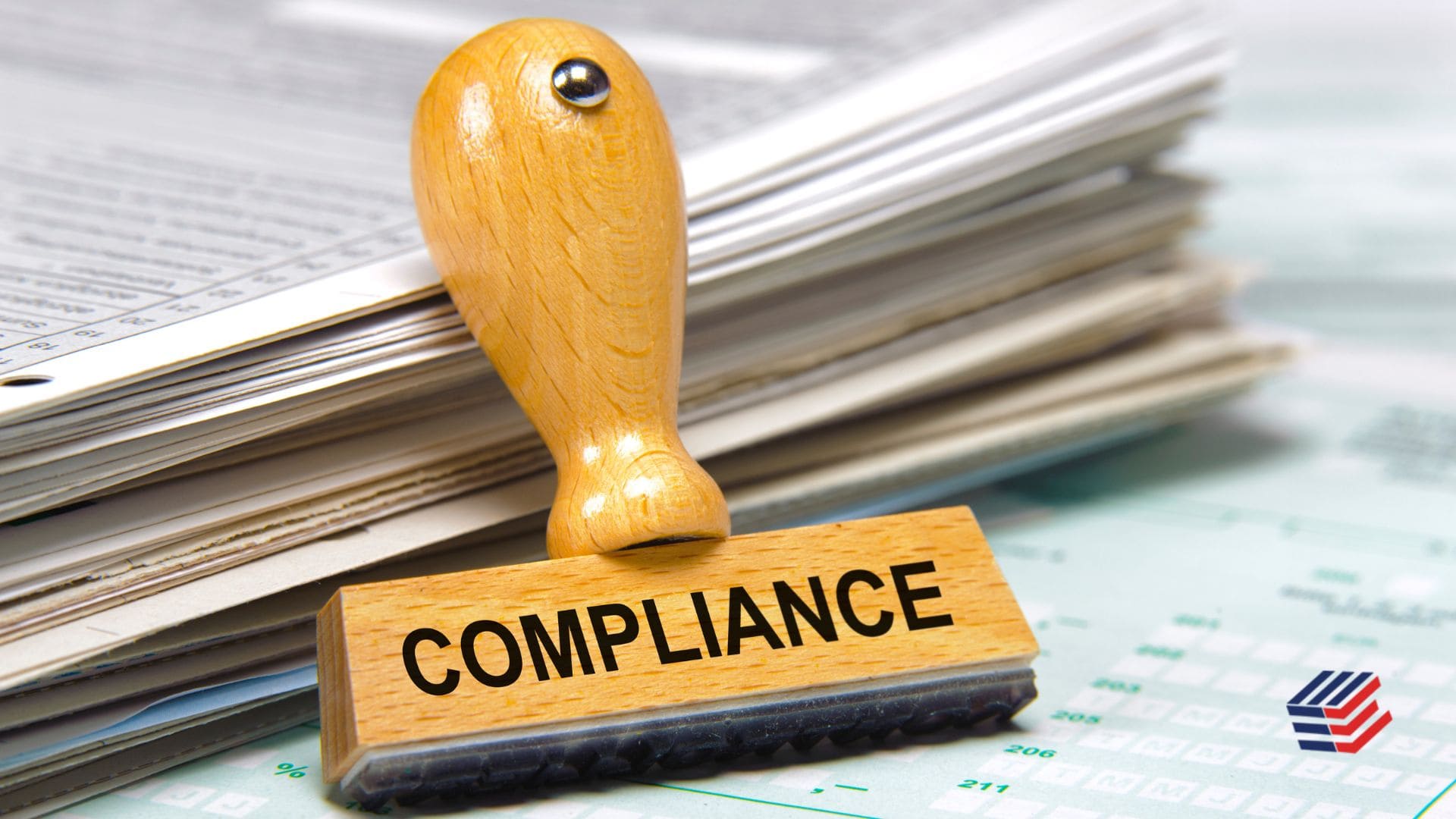Employee burnout is a serious issue that affects many workers across various industries. It occurs when employees feel overwhelmed, exhausted, and unable to meet the demands of their job. This can lead to decreased productivity, increased absenteeism, and a negative impact on overall job satisfaction.
Causes of Employee Burnout
There are several factors that can contribute to employee burnout.
Excessive Workload
One of the main causes is excessive workload. When employees are given too many tasks or deadlines to meet, they can quickly become overwhelmed and stressed. According to a survey conducted by the American Institute of Stress, workload was cited as the top cause of burnout by 46% of employees.
Lack of control over one’s work
When employees feel like they have little autonomy or input in their job, they can become disengaged and unmotivated. In fact, a study by the American Psychological Association found that employees who felt they had little control over their work were more likely to experience burnout.
Poor work-life balance
Additionally, poor work-life balance can also contribute to burnout. When employees are expected to work long hours, weekends, or holidays, it can take a toll on their mental and physical health. A survey by the National Sleep Foundation found that 43% of Americans reported that their work schedules interfered with their ability to get enough sleep.
Toxic work environment
When employees are subjected to bullying, harassment, or a lack of support from their colleagues or supervisors, it can lead to feelings of isolation and stress. According to a survey by the Society for Human Resource Management, 58% of employees cited poor management as a top cause of burnout.
Overall, burnout can have serious consequences for both employees and employers. It can lead to decreased job performance, increased turnover rates, and higher healthcare costs. In fact, a study by the Harvard Business Review found that burnout costs the U.S. economy an estimated $125 to $190 billion each year in healthcare costs, lost productivity, and turnover.
How to Prevent Employee Burnout
Employee burnout is a pervasive issue in the modern workplace, with various factors contributing to its prevalence. By fostering a healthy and supportive work environment, companies can cultivate a motivated and engaged workforce that drives productivity and success. Here are some effective strategies to prevent employee burnout in 2024:
Promote Work-Life Balance
Encourage employees to maintain a healthy balance between work and personal life. Implement flexible work arrangements, such as telecommuting options or flexible hours, to accommodate individual needs. Encourage employees to take breaks, use their vacation time, and disconnect from work outside of office hours.
Provide Adequate Resources and Support
Ensure that employees have the necessary resources, tools, and training to perform their jobs effectively. Offer opportunities for professional development and career advancement to support employee growth and engagement. Establish a culture of support and open communication where employees feel comfortable seeking help and guidance when needed.
Recognize and Reward Hard Work
Acknowledge and appreciate the efforts of employees through regular recognition and rewards. Celebrate achievements, milestones, and successes to boost morale and motivation. Implement a system of performance feedback and goal-setting to provide clear expectations and direction for employees.
Encourage Wellness Initiatives
Promote employee wellness through initiatives such as wellness programs, fitness challenges, and mental health resources. Provide access to counseling services, mindfulness training, and stress management workshops to support employee well-being. Encourage healthy habits such as regular exercise, proper nutrition, and adequate sleep.
Foster a Positive Work Environment
Create a positive and inclusive work culture where employees feel valued, respected, and supported. Encourage teamwork, collaboration, and camaraderie among colleagues. Address any issues of workplace harassment or discrimination promptly and effectively. Promote a culture of trust, transparency, and empathy throughout the organization.
Encourage Time Off and Rest
Encourage employees to take regular breaks, vacations, and time off to recharge and rejuvenate. Discourage a culture of presenteeism and overtime by emphasizing the importance of rest and relaxation. Lead by example by prioritizing your own well-being and modeling healthy work habits for your team.
By implementing these strategies and prioritizing employee well-being, companies can create a positive and supportive work environment that fosters engagement, motivation, and resilience. Preventing employee burnout in 2024 requires a proactive and holistic approach that addresses the root causes of stress and exhaustion.
By investing in the health and happiness of your employees, you can cultivate a thriving workforce that drives success and innovation in the years to come.


